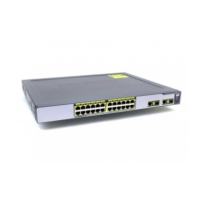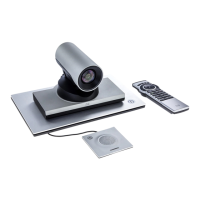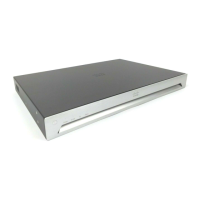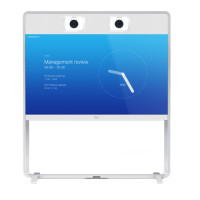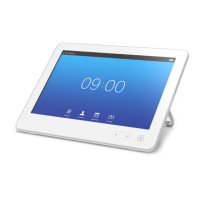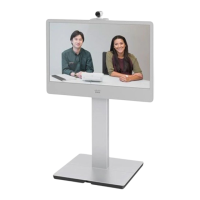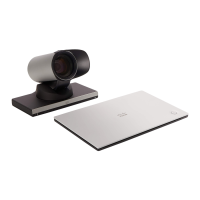Field Description Usage tips
Hop count The hop count is the number of times a request will
be forwarded to a neighbor gatekeeper or proxy
(see the Hop counts section for more information).
This field specifies the hop count to use when
sending a search request to this particular zone.
If the search request was received from
another zone and already has a hop
count assigned, the lower of the two
values is used.
Connection credentials section:
Username and
Password
Traversal clients must always authenticate with
traversal servers by providing their authentication
credentials. Each traversal client zone must specify
a Username and Password to be used for
authentication with the traversal server.
Multiple traversal client zones can be
configured, each with distinct
credentials, to connect to one or more
service providers.
H.323 section:
Mode Determines whether H.323 calls are allowed to and
from the traversal server.
Protocol Determines which of the two firewall traversal
protocols (Assent or H.460.18) to use for calls to the
traversal server.
See Configuring ports for firewall
traversal [p.58] for more information.
Port The port on the traversal server to use for H.323
calls to and from the local VCS.
For firewall traversal to work via H.323,
the traversal server must have a
traversal server zone configured on it to
represent this VCS, using this same
port number.
SIP section:
Mode Determines whether SIP calls are allowed to and
from the traversal server.
Port The port on the traversal server to use for SIP calls
to and from the VCS.
This must be different from the listening ports used
for incoming TCP, TLS and UDP SIP calls (typically
5060 and 5061).
For firewall traversal to work via SIP,
the traversal server must have a
traversal server zone configured on it to
represent this VCS, using this same
transport type and port number.
Unified
Communications
services
Controls whether this traversal zone provides
Unified Communications services, such as mobile
and remote access.
If enabled, this zone must also be
configured to use TLS with TLS verify
mode enabled.
This setting only applies when Unified
Communications mode is set to Mobile
and remote access.
Transport Determines which transport type is used for SIP
calls to and from the traversal server. The default is
TLS.
TLS verify mode Controls X.509 certificate checking and mutual
authentication between this VCS and the traversal
server when communicating over TLS.
See TLS certificate verification of
neighbor systems [p.155] for more
information.
Cisco VCS Administrator Guide (X8.1.1) Page 145 of 507
Zones and neighbors
Configuring zones
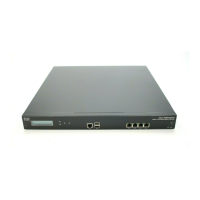
